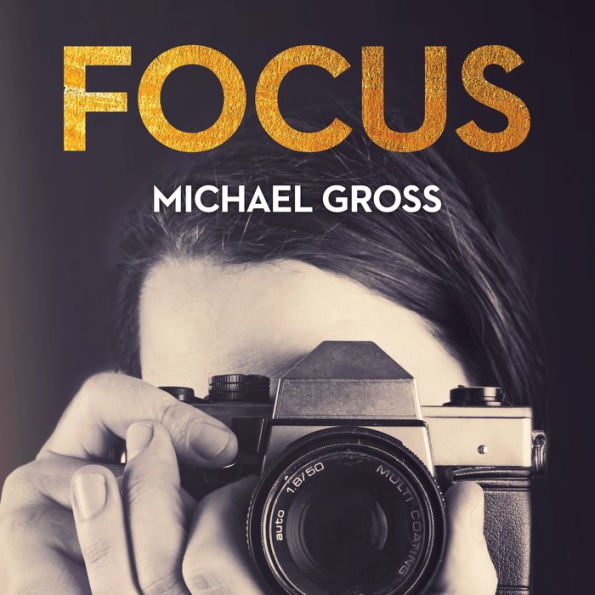If there is one group of the creative class that deftly inhabits the clichés built around them, it is fashion photographers. They are drama queens, they are ultracompetitive, they are serial womanizers; they constantly redefine the term "debauched." Michael Gross's new book, Focus…does not skimp on the gossipy goods. There are descents into madness, prolific drug use, orgies, blackmail photos and suicide attempts, successful and otherwise. There is so much womanizing that the theme of infidelity is basically a subplot, and pretty much boils down to the following: A stunning model walks into a photographer's studio; a marriage dies. But this book…is also smart, well researched and written with an insider's eye. This is not a comprehensive history, and Gross…states from the outset that it isn't meant to be. It focuses, he writes, on those photographers "who were unavoidable, who changed the conversation, who lived the life of fashion photography to its fullest."
—
Before Instagram was an art form, fashion photographers were pop culture royalty. From the postwar covers of Vogue until the triumph of the digital image, the fashion photographer sold not only clothes but ideals of beauty and fantasies of perfect lives. Even when they succumbed to temptation and excess, the very few photographers who rose to the top were artists above all.
In his follow-up to the New York Times bestselling Model: The Ugly Business of Beautiful Women, Michael Gross probes the lives, hang-ups, and artistic triumphs of more than a dozen of fashion photography's greatest visionaries: Richard Avedon, Irving Penn, Melvin Sokolsky, Bert Stern, David Bailey, Bill King, Gilles Bensimon, Bruce Weber, Steven Meisel, Corinne Day, Bob and Terry Richardson, and more. From Avedon's haute couture fantasies and telling portraits to Weber's sensual, intimate and heroic slices of life, and from Bob Richardson's provocations to his son Terry's transgressions, Gross takes listeners behind the scenes and reveals the revolutionary creative processes and fraught private passions of these visionary imagicians.
1122928637
In his follow-up to the New York Times bestselling Model: The Ugly Business of Beautiful Women, Michael Gross probes the lives, hang-ups, and artistic triumphs of more than a dozen of fashion photography's greatest visionaries: Richard Avedon, Irving Penn, Melvin Sokolsky, Bert Stern, David Bailey, Bill King, Gilles Bensimon, Bruce Weber, Steven Meisel, Corinne Day, Bob and Terry Richardson, and more. From Avedon's haute couture fantasies and telling portraits to Weber's sensual, intimate and heroic slices of life, and from Bob Richardson's provocations to his son Terry's transgressions, Gross takes listeners behind the scenes and reveals the revolutionary creative processes and fraught private passions of these visionary imagicians.
Focus: The Secret, Sexy, Sometimes Sordid World of Fashion Photographers
Before Instagram was an art form, fashion photographers were pop culture royalty. From the postwar covers of Vogue until the triumph of the digital image, the fashion photographer sold not only clothes but ideals of beauty and fantasies of perfect lives. Even when they succumbed to temptation and excess, the very few photographers who rose to the top were artists above all.
In his follow-up to the New York Times bestselling Model: The Ugly Business of Beautiful Women, Michael Gross probes the lives, hang-ups, and artistic triumphs of more than a dozen of fashion photography's greatest visionaries: Richard Avedon, Irving Penn, Melvin Sokolsky, Bert Stern, David Bailey, Bill King, Gilles Bensimon, Bruce Weber, Steven Meisel, Corinne Day, Bob and Terry Richardson, and more. From Avedon's haute couture fantasies and telling portraits to Weber's sensual, intimate and heroic slices of life, and from Bob Richardson's provocations to his son Terry's transgressions, Gross takes listeners behind the scenes and reveals the revolutionary creative processes and fraught private passions of these visionary imagicians.
In his follow-up to the New York Times bestselling Model: The Ugly Business of Beautiful Women, Michael Gross probes the lives, hang-ups, and artistic triumphs of more than a dozen of fashion photography's greatest visionaries: Richard Avedon, Irving Penn, Melvin Sokolsky, Bert Stern, David Bailey, Bill King, Gilles Bensimon, Bruce Weber, Steven Meisel, Corinne Day, Bob and Terry Richardson, and more. From Avedon's haute couture fantasies and telling portraits to Weber's sensual, intimate and heroic slices of life, and from Bob Richardson's provocations to his son Terry's transgressions, Gross takes listeners behind the scenes and reveals the revolutionary creative processes and fraught private passions of these visionary imagicians.
19.99
In Stock
5
1

Focus: The Secret, Sexy, Sometimes Sordid World of Fashion Photographers

Focus: The Secret, Sexy, Sometimes Sordid World of Fashion Photographers
FREE
with a B&N Audiobooks Subscription
Or Pay
$19.99
19.99
In Stock

Editorial Reviews
Product Details
| BN ID: | 2940170818983 |
|---|---|
| Publisher: | Tantor Audio |
| Publication date: | 07/05/2016 |
| Edition description: | Unabridged |
Videos

From the B&N Reads Blog
